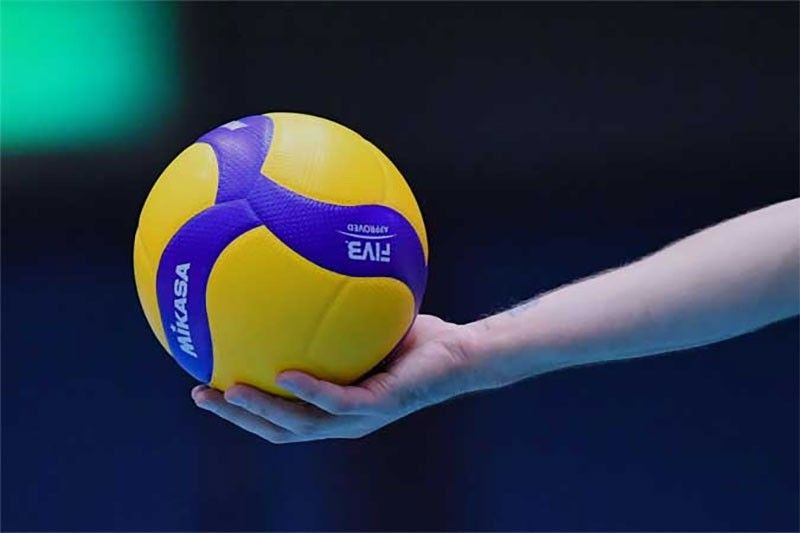
Why Adam Sandler Chased the Director of ‘We the Animals’ to Make Feel-Good Sports Movie ‘Hustle’
Filmmaker Jeremiah Zagar was not the obvious fit to direct an Adam Sandler passion project about a basketball scout. Zagar’s 2018 narrative feature debut “We the Animals” was a lyrical coming-of-age drama that combined elements of “Moonlight” and Terrence Malick to explore the experiences of a biracial child coming to terms with his sexuality. Needless to say, when Sandler called him about possibly directing “Hustle,” in which the actor plays a Philadelphia Sixers recruit attempting to reboot his career, Zagar didn’t get it.
“He’s a very understated guy when you first meet him,” Zagar told IndieWire of his initial call with Sandler. “He said I probably wouldn’t want to do this script, but that I should take a look. So I read it and I was like, ‘He’s right, it’s not for me.’”
With “We the Animals” and his documentary “In a Dream,” Zagar tried to push the filmmaking process to new directions. “This was not subversive,” he said. “It’s a sports story that’s been told a lot.” The story finds Sandler’s assistant coach Stanley discovering Bo (Utah Jazz player Juancho Hernangómez) on a street court in Spain and fighting to get the troubled player into the NBA despite many setbacks. “My ethos is to tell stories that feel real but like a dream at the same time,” Zagar said. “This wasn’t something new.”
Then Zagar took a moment to think it through. After “We the Animals,” his agent at WME had sent him a number of scripts that didn’t sit well with him. “There’s a reason a lot of scripts in Hollywood that don’t have a director attached to them,” he said, and laughed. “I read some fantasy WWII movie about a guy who drops into the war zone and has to save a little girl, and I was just like, uh, is this because I worked with kids or something? I hate war.”
But Sandler had done his homework on Zagar. The actor has maintained a production deal with Netflix for years and for “Hustle,” Netflix co-CEO and content chief Ted Sarandos suggested the actor watch “We the Animals” on the platform, where it had recently surfaced after its theatrical run. “It’s still shocking to me that Sandler saw ‘We the Animals,'” said Zagar, who had assumed the audience for that movie would always remain small.
At the time, Zagar and Sandler had signed with former WME agent Simon Faber, who passed along word to Zagar that Sandler was a fan of the movie. The director realized that, not unlike the efforts of Sandler’s “Hustle” character Stanley, the actor was scouting talent. “He wanted me to direct it,” Zagar said. “He wanted me to do my thing — and the truth is that I can only do my thing. I was very honest with him about that.”

“We the Animals”
The Orchard
Still, Zagar had other projects on his mind, including the upcoming HBO miniseries “The Fact of a Body” and a more personal feature he was still writing as the pandemic settled in. But as he thought about the “Hustle” opportunity, the technical challenges began to percolate in his head, as did Sandler’s interest shooting only with real players. “There was this opportunity to shoot basketball in a way that I thought could be really cinematic,” he said. It helped that Zagar was a Philadelphia native who knew the team in question. “The script kept brewing in me,” he said. “There were things about it that were very much me.”
Once he signed on to the project, Zagar and cinematographer Zak Mulligan began developing an intricate approach to basketball that capitalized on the use of real players. “When you watch a basketball movie, usually, a lot of them are with actors and so the way they shoot with the ball is from the outside in,” Zagar said. “You line four or five cameras around the court. You set up for a closeup and a wide. You shoot it like you shoot the NBA, which has a lot of cool different angles. They’ll do specials and a couple closeups of the net.”
Zagar and Mulligan devised a multi-day approach to shooting each game that started with what they called “Stanley Vision,” as the coach’s perspective on each game was shot with a long zoom lens. Zagar had the editors on set to cut each game together in real time. The next day, they would shoot from the perspective of Bo with a wide lens in closeup. “Then the editors would cut those two elements together and we’d have a game,” Zagar said, “and we’d look at it to see what the missing pieces were within the language of the game that we could execute.”
He expected mediocre results at first. “I knew it was going to be bad,” Zagar said. “The Stanley vision would look like shit because it was only one element and they hadn’t gotten used to it. What was good about doing it this way was that we’d do the whole game so the choreographers would get used to what the whole game was like.” Dialing up his documentary sensibilities, Zagar turned to sports documentaries like the 2006 football movie “Zidane, a 21st Century Portrait” to find more naturalistic details from fast-paced games. “One of the cooler things are the in-between moments when the players are breathing heavily,” Zagar said. “When we started to get those moments, I started to know it was going to work.”
The filmmaking team innovated with the camerawork as well, introducing everything from an e-car with a crane attached to it and a TARO, which mounted the camera to a remote car that could weave around the players as they moved. They also built a rig based off the approach used by Martin Scorsese in “Raging Bull” that allowed the boxers to look directly into the lens and pound the camera. For “Hustle,” that meant attaching a pole to the players so they could actually play the game against the camera as it stared directly at them. “It was so weird for them at first,” Zagar said. “But once we had buy-in and they understood what we were doing, they were really amenable to it.”

<
p id=”caption-attachment-1234730319″>”Hustle”
The editors would send along new cuts of each game each day for Zagar, Mulligan, Sandler, and the rest of the core filmmaking team to approve. “We would look at the pieces we were missing and how could we improve on them,” Zagar said. A second-unit team would then capture additional closeups to be added in later.
The result is a conventional heartstrings-pulling underdog sports movie with filmmaking that registers as a cut above. Zagar said he and Sandler agreed about the need for a performance that matched the documentary-like approach. “I think he was open to a more muted, naturalistic acting style,” Zagar said. “He wanted to do something that felt real.” The actor, who brings genuine feeling to the role of a would-be NBA star attempting his second chapter in life, didn’t prove difficult on set. “What blew my mind about Adam is that it’s never bullshit — you feel the authenticity of him in every single take,” Zagar said. “It’s a rare thing where all their takes are good. They don’t mess up. It’s a quality that only the greatest actors have.”
The synergy between the A-list actor and neophyte director is a Hollywood rarity. Many Sundance breakouts are lured by costly studio gigs, and “Hustle” hits Netflix the same week as Colin Trevorrow’s “Jurassic World: Dominion,” a decade after Trevorrow’s own Sundance breakout “Safety Not Guaranteed” brought him into the franchise.
But Zagar said his experience on this bigger effort had changed his original trajectory. He was still in the writing stages of “The Fact of a Body” and developing a secretive docuseries for Apple he expected to have ready for next year, but he was mostly excited about leveraging the resources from those projects to make another feature from his next script. “I’m going to do my own thing,” he said. “I just want to make my own movies.”
“Hustle” is now streaming on Netflix.










































![iFi's GO Bar Kensei Dongle DAC Supports K2HD Technology With Some Samurai Swagger [Updated] iFi's GO Bar Kensei Dongle DAC Supports K2HD Technology With Some Samurai Swagger [Updated]](https://i0.wp.com/cdn.ecoustics.com/db0/wblob/17BA35E873D594/33FF/45A11/QTXOLJR4xDKSNMMk2WlTgjaIlvSgcYpeU1xJzUwIoYs/ifi-go-bar-kensei.jpg?w=768&ssl=1)































